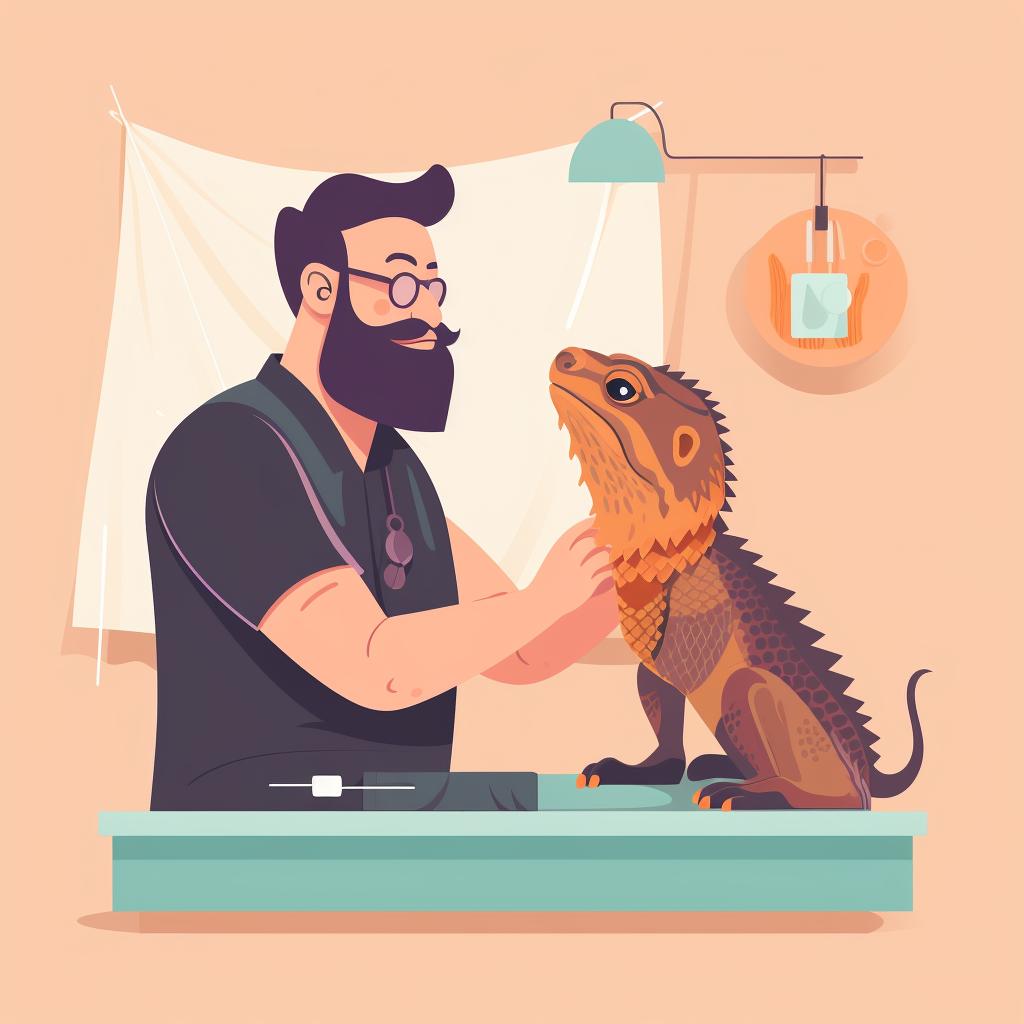Guiding Your Bearded Dragon Through Brumation 🦎
Are you noticing changes in your bearded dragon's behavior? It could be a sign that they are entering brumation, a natural process similar to hibernation. Don't worry, it's completely normal! In this step-by-step guide, we will walk you through the process of guiding your bearded dragon through brumation.
Step 1: Monitor Your Dragon's Behavior
Keep a close eye on your bearded dragon for any signs of brumation. Lethargy, decreased appetite, and prolonged periods of sleep are common indicators. Remember, these are natural signs and not a cause for alarm.
Step 2: Visit the Vet
Before your bearded dragon enters brumation, it's a good idea to schedule a check-up with a vet. This will ensure that they are in good health and ready for the brumation period. The vet can also provide you with additional advice on brumation care specific to your dragon.
Step 3: Prepare the Enclosure
Create a clean and comfortable environment for your bearded dragon. During brumation, it's recommended to maintain a slightly cooler temperature in their enclosure. This mimics the cooler winter conditions in their natural habitat and helps facilitate the brumation process.
Step 4: Limit Food Intake
As brumation approaches, gradually reduce the amount of food you offer to your bearded dragon. A full stomach can cause discomfort during brumation, so it's best to limit their food intake. However, ensure they still have access to fresh water to stay hydrated.
Step 5: Maintain Hydration
Even though your bearded dragon is in brumation, they still need to stay hydrated. Provide fresh water in their enclosure and consider misting the enclosure to maintain humidity levels. This will help prevent dehydration during the brumation period.
Step 6: Monitor Throughout Brumation
Keep a close watch on your bearded dragon throughout the brumation period. If you notice any concerning changes in their behavior or health, don't hesitate to consult a vet. It's important to ensure their well-being during this natural process.
By following these steps, you can confidently guide your bearded dragon through brumation. Remember, brumation is a normal part of their life cycle, and with proper care and attention, your dragon will emerge from brumation healthy and ready to enjoy their active periods again.


















